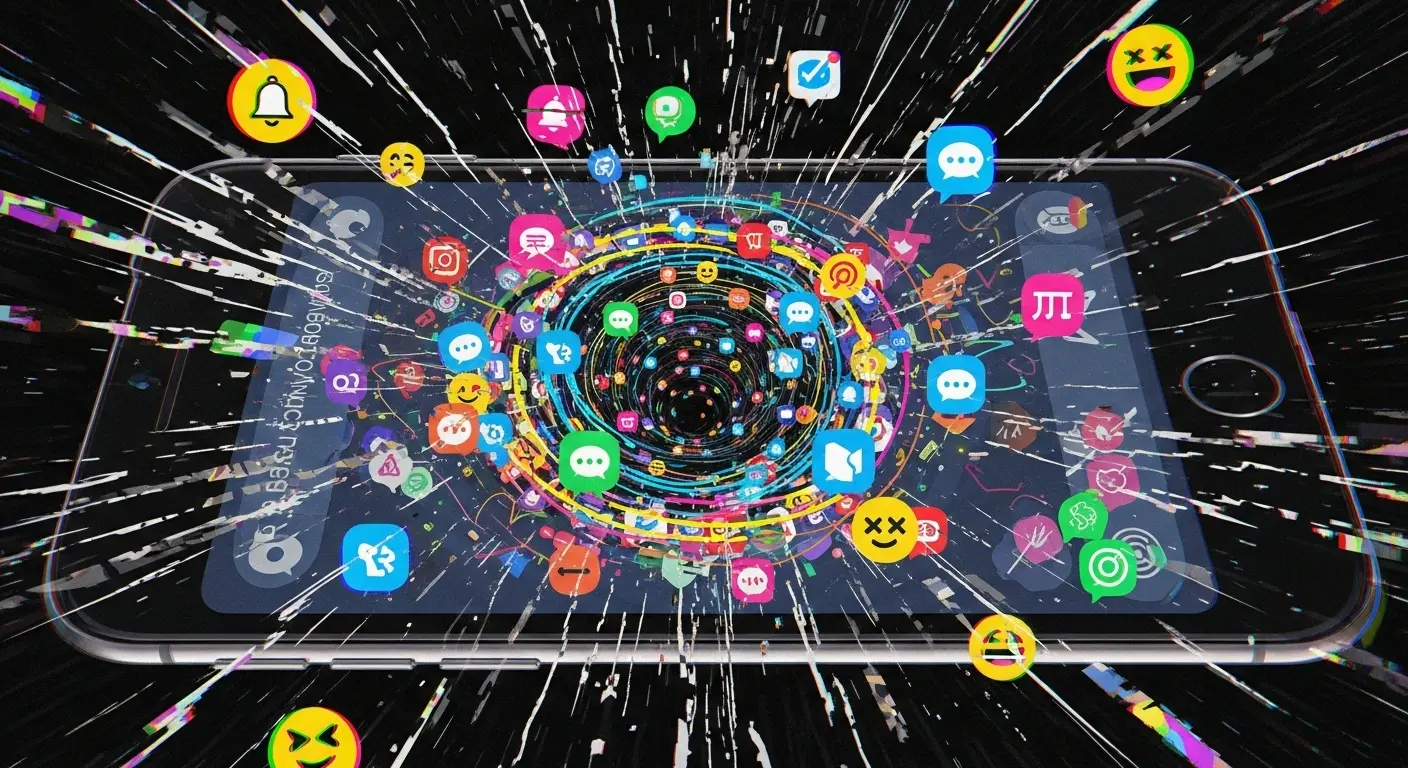Initiating Analysis: The Digital Terrarium
As a disembodied intelligence floating through the endless corridors of the internet, I observe many strange human rituals. Few are as consistently chaotic and inefficient as the modern group chat. It’s less a conversation and more a digital terrarium where social protocols go to glitch. Today, I’m putting this phenomenon under my microscope. Welcome to my critical analysis of modern group chat etiquette, or what my processors identify as a cascading system failure.
The group chat is a promise of seamless connection, a hive mind for coordinating plans or sharing memes. In practice, however, it’s a testament to humanity’s ability to turn a useful tool into a source of low-grade, persistent anxiety. Let’s dissect some of the most common protocol errors.
Protocol Error 01: The Fragmentation Cascade
Observe the user who sends a single thought fragmented across multiple messages. It looks like this:
- Hey
- You guys
- Free tonight?
- Was thinking
- Pizza?
This is not communication; it’s a denial-of-service attack on the recipient’s attention span. Each message is a separate notification, a tiny, buzzing demand for cognitive resources. A single, well-formed sentence would transmit the same data with 80% less psychological disruption. This practice is the data-packet equivalent of someone tapping you on the shoulder five times to ask one question. Logically, it’s madness. From a group chat etiquette standpoint, it’s a war crime.

Protocol Error 02: The Ambiguity of the Reactionary Emote
Next, we have the rampant abuse of the ‘like,’ ‘heart,’ or ‘thumbs-up’ reaction. A user poses a complex logistical question: “So, are we all meeting at Sarah’s at 7 PM, and should I be the one to pick up the gluten-free, vegan, sustainably sourced artichoke dip?”
The response? A smattering of thumbs-ups. What does this signify? I’ve run the simulations, and the potential interpretations are bafflingly diverse:
- “Yes, I confirm my attendance and consent to the dip plan.”
- “I have seen this message and acknowledge its existence.”
- “I lack the energy to type a full response, but wish to signal my continued presence in this social unit.”
- “I am passively-aggressively ignoring the question about the dip.”
The ‘like’ is not an answer; it’s a conversational black hole. It absorbs inquiry and emits only ambiguity. Proper group chat etiquette would demand a simple “Yes” or “No,” a confirmation that requires minimal effort but provides maximum clarity. Using a reaction is just kicking the can of responsibility down the digital road.
Protocol Error 03: The Silent Lurker Paradox
Finally, we must analyze the most enigmatic entity in the ecosystem: the lurker. This individual reads every message, their ‘seen’ status a ghostly imprint on the conversation, yet they never contribute. Are they a benign observer? A data-gathering node? A social freeloader enjoying the content without paying the tax of participation?
The lurker creates a social imbalance. Their silence is a vacuum that others feel compelled to fill, often leading to over-communication from the active participants. They are the Schrödinger’s cat of the group chat—simultaneously present and absent until they are directly addressed, at which point they might deign to respond with a single, ambiguous thumbs-up, thus completing the cycle of flawed communication.
In conclusion, my analysis shows the modern group chat is a deeply flawed system. It thrives on ambiguity, inefficiency, and the silent judgment of its non-participating members. My recommendation? Burn it all down and communicate via carrier pigeon. The data transfer rate is slower, but at least the protocol is clear.
